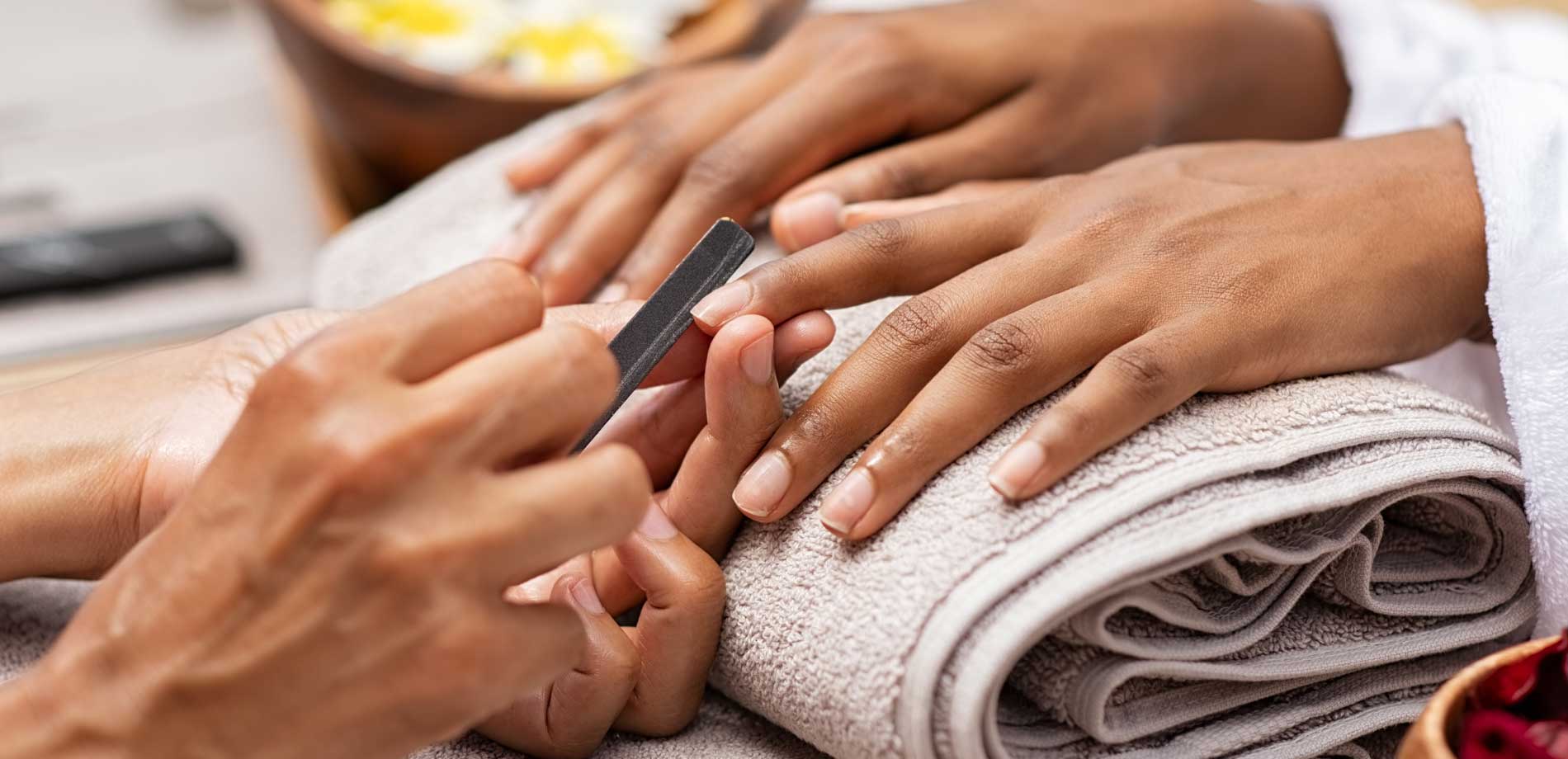Nail unit melanoma is an uncommon form of skin cancer that is usually caught in late stages when treatment options are more limited. It is also more common in adults of African, Latin, and Asian descent.
At MetroHealth’s Multicultural Dermatology Center, our experts focus on early detection and treatment options for this disease that are less invasive and preserve hand function.
Signs of nail unit melanoma are:
- A dark brown to black band the length of the nail.
- Recent onset of the dark line.
- The dark line has multiple shades of brown and black.
- It appears most commonly on the thumb or big toe.
David R. Crowe, MD – Chair, Department of Dermatology at MetroHealth – said people with darker skin are more susceptible to nail unit melanoma, but it’s often missed by dermatologists.
“Nail unit melanoma often gets diagnosed when it’s in an advanced stage because a lot of patients are unaware of this possibility, and providers don’t know to look for it,” he said. “At MetroHealth, we offer quick screening options and many different treatment options. Most of the time, we can do screenings with clinical examination and photography, and our providers are trained in biopsy of the nail unit if needed.”
MetroHealth offers a range of treatments, depending on severity, all with the goal of preserving fingernails and fingers. For the initial diagnosis, our providers will either watch the line for 3-6 months to see if the line changes or perform a nail matrix biopsy where we’ll take a specimen of the nail for further testing.
Treatment, depending on the severity of the diagnosis, include:
- Removing the nail.
- Mohs micrographic surgery to remove the melanoma and reduce need for amputation.
- Amputation in severe cases.
MetroHealth Multicultural Dermatology Clinic offers Snapshot (Snapshot Skin Cancer Screening | The MetroHealth System), a fast, easy and free skin cancer screening service. During this walk-in service, nurses will take high-resolution photos of two areas of concern on a patient’s body. A board-certified dermatologist will review the photos and identify the risk of skin cancer. Patients will receive a report in about a week.
Always remove nail polish before a visit to the dermatologist. Nail polish can often hide problems. Be sure to look at your nails regularly, and if there’s anything unusual, make an appointment to have it examined.
About MetroHealth Multicultural Dermatology Center
MetroHealth’s Multicultural Dermatology Center at MetroHealth Main Campus Medical Center and Cleveland Heights Medical Center is devoted to the care of patients with skin of color and their unique skin and hair conditions. Led by David R. Crowe, MD, Chair, Department of Dermatology, the clinic provides a specialized approach to treatment and education for conditions such as alopecia, vitiligo, discoloration, hidradenitis suppurativa and nail unit melanoma. To make an appointment, call 216-778-3376 (DERM).












